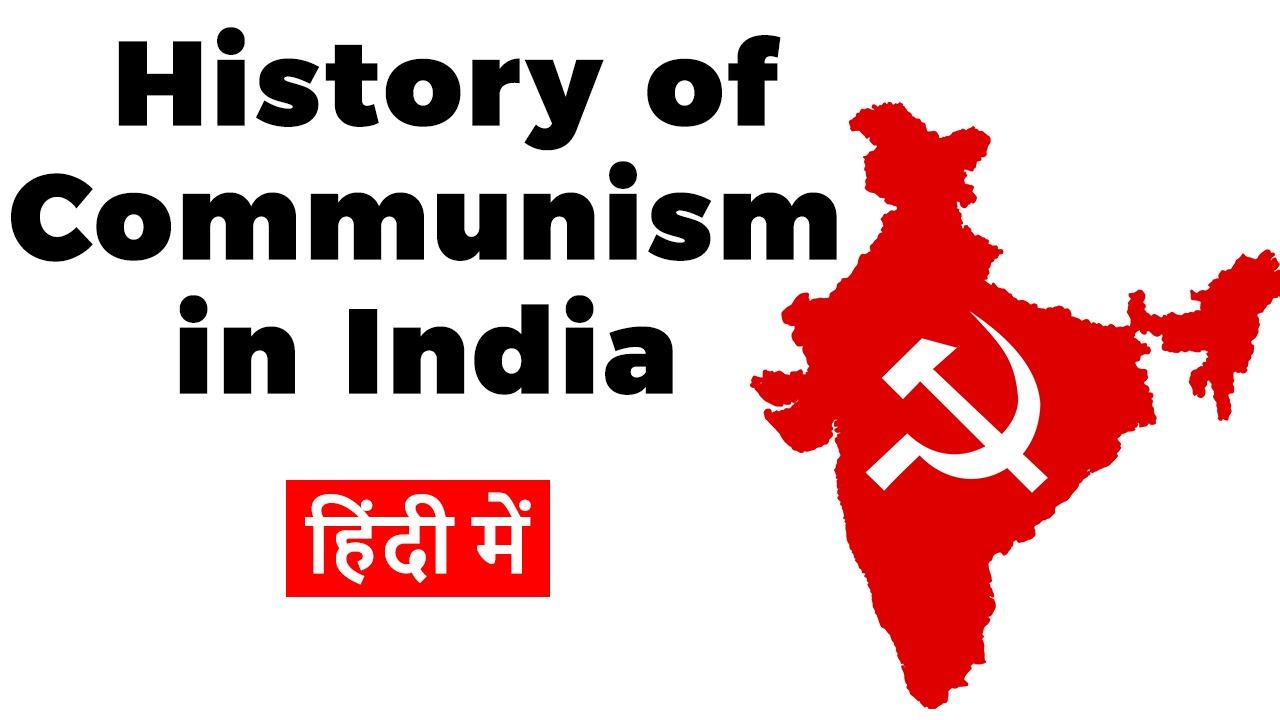Table of Contents
IMPACT OF LENIN
- Following the Russian Revolution in 1917, Bipin Chandra Pal and Bal Gangadhar Tilak were amongst the prominent Indians who expressed their admiration of Lenin and the new rulers in Russia.
- The colonial authorities were clearly disturbed by the growing influence of Bolshevik sympathies in India. A first counter-move was the issuing of a fatwa, urging Muslims to reject communism
- Customs were ordered to check the imports of Marxist literature to India. A great number of anti-communist propaganda publications were published.
1920 – 30
- The First World War was accompanied by a rapid increase of industries in India, resulting in the growth of an industrial proletariat. At the same time prices of essential commodities increased.
- These were factors that contributed to the buildup of the Indian trade union movement. Unions were formed in the urban centres across India, and strikes were organised.
- In 1920, the All India Trade Union Congress was founded. S. A. Dange of Bombay published a pamphlet in 1921 titled Gandhi Vs. Lenin.
COMMUNIST PARTY OF INDIA
- In 1922, with Lotvala’s help, Dange launched the English weekly, Socialist, the first Indian Marxist journal.
- The 1924 second congress of the Communist International insisted that a united front should be formed between the proletariat, peasantry and national bourgeoisie in colonised countries.
- During the 1920s and the early 1930s the Communist Party of India (CPI) existed but was badly organised.The CPI was founded in Tashkent on 17 October 1920.
- ‘national communism’ ‘Communist India’
COMMUNIST PARTY OF INDIA
- On 1 May 1923 the Labour Kisan Party of Hindustan was founded in Madras, by Singaravelu Chettiar. The LKPH organised the first May Day celebration in India, and this was also the first time the red flag was used in India.
- On 25 December 1925, a communist conference was organised in Kanpur. The conference adopted the name ‘Communist Party of India’.
TILL INDEPENDENCE
- Soon after the 1926 conference of the Workers and Peasants Party of Bengal, the underground CPI directed its members to join the provincial Workers and Peasants Parties.
- As of 1934, the main centres of activity of CPI were Bombay, Calcutta and Punjab. The party was reorganised in 1933, after the communist leaders from the Meerut trials were released.
- When Indian leftwing elements formed the Congress Socialist Party in 1934, the CPI branded it as Social Fascist.The communists joined the Congress Socialist Party, which worked as the left-wing of Congress.
TILL INDEPENDENCE
- In July 1937, the first Kerala unit of CPI was founded at a clandestine meeting in Calicut. In 1936–1937, the co-operation between socialists and communists reached its peak.
- On the occasion of the 1940 Ramgarh Congress Conference CPI released a declaration called Proletarian Path, which sought to utilise the weakened state of the British Empire in the time of war and gave a call for general strike, no-tax, no-rent policies and mobilising for an armed revolutionary uprising.
- In July 1942, the CPI was legalised, as a result of Britain and the Soviet Union becoming allies against Nazi Germany. Communists strengthened their control over the All India Trade Union Congress. At the same time, communists were politically cornered for their opposition to the Quit India Movement.
AFTER INDEPENDENCE
- During the period around and directly following Independence in 1947, the internal situation in the party was chaotic.
- In several areas the party led armed struggles against a series of local monarchs that were reluctant to give up their power. Such insurgencies took place in Tripura, Telangana and Kerala.
- The most important rebellion took place in Telangana, against the Nizam of Hyderabad. The Communists built up a people’s army and militia and controlled an area with a population of three million. The rebellion was brutally crushed and the party abandoned the policy of armed struggle.
AFTER INDEPENDENCE
- In early 1950s young communist leadership was uniting textile workers, bank employees and unorganised sector workers to ensure mass support in north India.
- In the 1952 Travancore-Cochin Legislative Assembly election, Communist Party was banned, so it couldn’t take part in the election process.
- In the general elections in 1957, the CPI emerged as the largest opposition party. In 1957, the CPI won the state elections in Kerala.
- This was the first time that an opposition party won control over an Indian state. E. M. S. Namboodiripad became Chief Minister.
AFTER INDEPENDENCE
- Ideological differences lead to the split in the party in 1964 when two different party conferences were held, one of CPI and one of the Communist Party of India (Marxist).
- During the period 1970–77, CPI was allied with the Congress party. In Kerala, they formed a government together with Congress, with the CPI-leader C. Achutha Menon as Chief Minister.
- CPI was recognised by the Election Commission of India as a ‘National Party’. To date, CPI happens to be the only national political party from India to have contested all the general elections.
AFTER INDEPENDENCE
- On the national level they supported the Indian National Congress-led United Progressive Alliance government along with other parliamentary Left parties, but without taking part in it.
- The Left bases its support to the UPA on strict adherence to it. Provisions of the CMP mentioned to discontinue disinvestment, massive social sector outlays and an independent foreign policy.
Indian History | Free PDF























 WhatsApp
WhatsApp